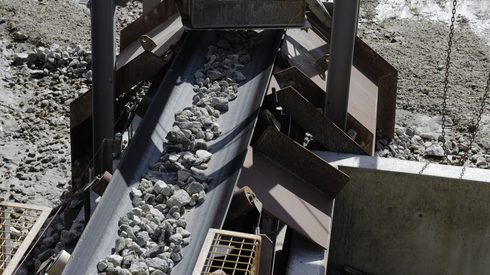Argentine farmers are expected to plant a total of 1.15 million ha with barley in the 2021/21 crop cycle, an increase of 28% compared to the current cycle, according to a presentation made by the Buenos Aires Grain Exchange (BAGE) during the “A Todo Trigo” wheat congress taking place this week.
The exchange said that the increase in the barley surface will boost production to 4.6 million mt in the coming cycle, up from 4.10 million mt in the previous cycle and also up compared to 3.50 million mt in the 2019/20 cycle.
BAGE also said that the barley crop will increase its surface in the Buenos Aires crop compared to the 2020/21 cycle due to better margins for producers when compared to wheat.
The exchange noted that the boost in both surface and production are based on good weather prospects, particularly with adequate humidity levels at sowing time.
In terms of exports, the entity forecast a total volume of 3.10 million mt in the coming cycle, up compared to 2.70 million mt in 2020/21 and 2.42 million mt in the 2019/20 cycle.
Typically, the main markets for Argentine barley exports are Saudi Arabia, Brazil, Colombia, Kuwait, the United Arab Emirates and Peru.
However, Argentine exporters had been increasing barley shipments to the Chinese market due to the deterioration in the relationship between China and Australia, which had been China’s main supplier of barley.
The exchange also reported that the coming cycle will start with an initial barley stock of 520,000 mt, slightly down compared to an initial stock of 530,000 mt in the current cycle.
Meanwhile, the ending stock at the end of the coming cycle will be 450,000 mt.
Agustin Baque, a local market consultant and broker, recently told Agricensus that Argentina is expected to export nearly 1.5 million mt of barley to China in the 2020/21 cycle, up by over 300% compared to the approximately 365,000 mt exported in the previous cycle.




